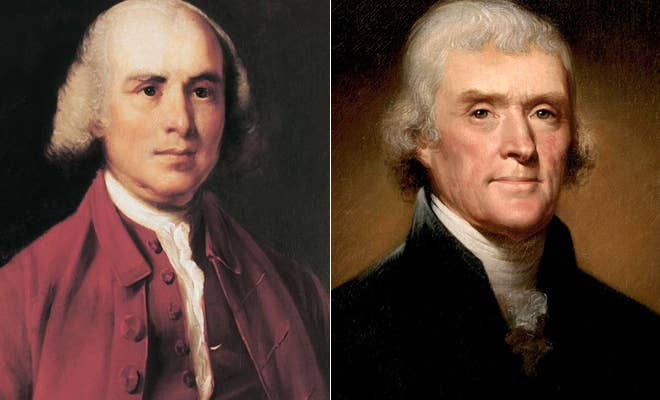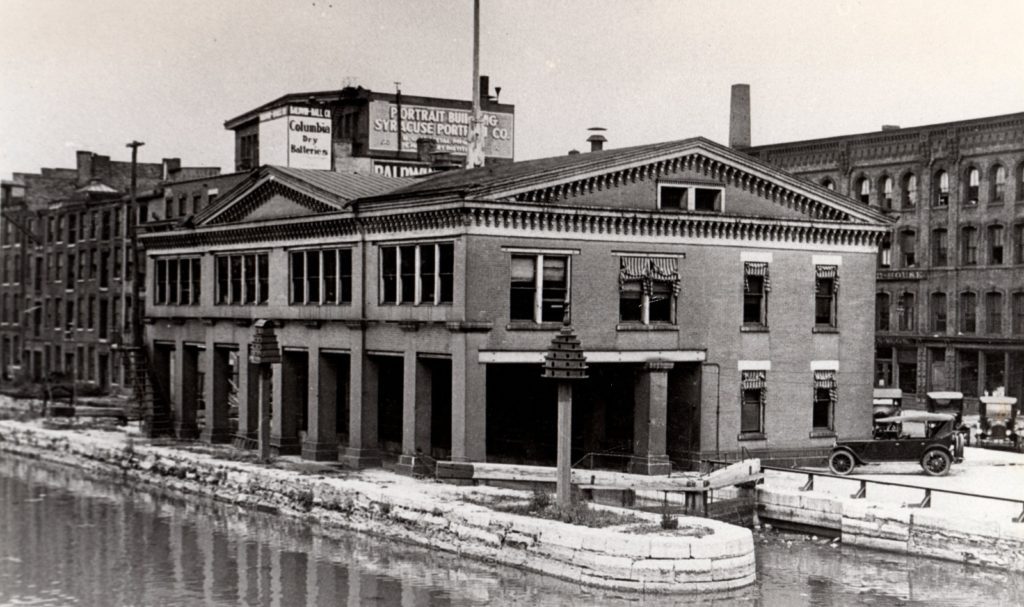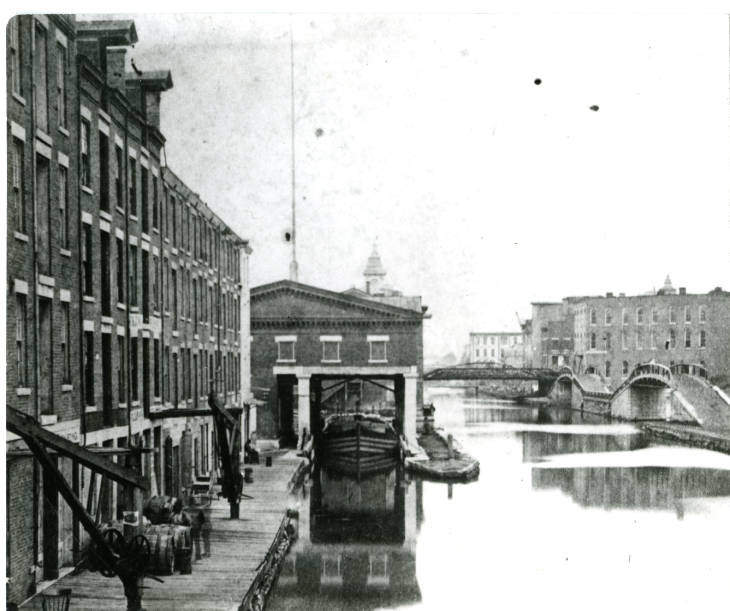
Presidents James Madison and Thomas Jefferson
Home
Pre-canal Transportation
An Idea Becomes Reality
Financing
Construction
Economic Impact
Urban Growth
Today
Written Work

Presidents James Madison and Thomas Jefferson
Originally, President Thomas Jefferson spoke of providing federal money for the canal. However, by the time Dewitt Clinton presented a plan in 1809, the situation had drastically changed. The U.S. and Britain were at odds over British impressment and harassment of U.S. cargo ships, prompting Jefferson to restrict trade, which strained the U.S. economy. This situation eventually resulted in the War of 1812. James Madison, Jefferson’s successor, also vetoed a bill that would have provided federal money for canals.
The Erie Canal was completely funded by New York State and individual donors and investors. A new canal bill introduced on March 18, 1817, taxed salt, steamboat travel, and all property within 25 miles of proposed canal. New York and canal commissioners also sold stock and bonds and utilized loans. The canal proved to be a terrific investment, as it cost just over $7 million to create and paid for itself in less than a decade through toll collection.

Bond Document issued by State of NY Canal Department (1864) [Erie Canal Museum]

Syracuse Weighlock Building (1850) [Erie Canal Museum]
Money gained would “go on increasing from year to year, and thus eventually not only defray the whole expenses of the government, but leave a handsome annual surplus towards extending similar improvements elsewhere, on the sole account of the state." --American Watchman and Delaware Adevertiser(from Chronicling America, 1825)

Receipt of traveler (1837) [Erie Canal Museum]

Boat being weighed in order to collect tolls (1875, Syracuse, NY) [Erie Canal Museum]

Weight slip showing discrepancy (1860) [Erie Canal Museum]